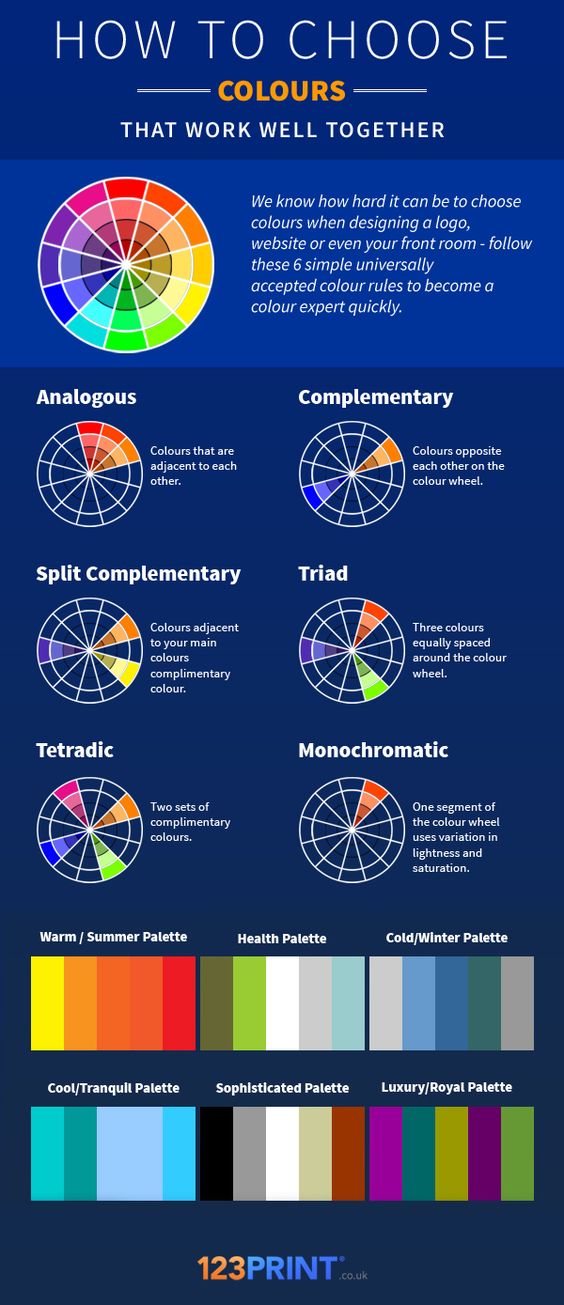The Short Report Proposal you are working on requires a schedule for the work you propose. Document design and readability play a role in the way you communicate your schedule. Explaining the information in paragraph form makes it harder to read. Consider this example:
At least two weeks before the bowl game, decide on a time, date, and place for your party; and then send out party invitations. Two weeks before the party, focus on preparations that can be finished in advance and then pulled out quickly when game day comes. This preparation includes: Buy and/or make maroon and orange, football-themed party decorations; Find your coolers, buckets, or tubs for drinks, or borrow them from friends; Buy beverages (e.g., beer, Soda or other non-alcoholic drinks, water); Buy disposable plates, bowls, cups, cutlery, and napkins; Gather your serving platters and snack bowls; and Gather or buy bottle openers, if your beer is in bottles. If you can store ice in advance, buy ice, lots of it. The week before game day, plan food for the event, and then arrange for catering, or plan to shop for ingredients and make whatever food can be made in advance yourself. Also plan seating arrangements for the party, borrowing any additional chairs or tables needed, and gathering resources in your home. A few days before game day, do a deep clean of your party location, including cleaning furniture, ice chests, refrigerators, and so forth. The day before the game, spot clean any areas that need it. Put up decorations and set out containers (bowls, platters, ice chests, etc.) so that they are ready to fill. The day of the game, turn your attention to finishing food preparations. Be sure to keep food at a safe temperature before and during the party. If you did not buy ice in advance, buy it an hour before the party begins. Once your guests begin to arrive, relax and enjoy the game.
UGH! You don’t need to read through that oversized paragraph to recognize that the details of the schedule are hard to follow. Document design can improve that information. You can revise the information in many, more readable ways, such as
- a table that lists dates and deliverables or tasks completed.
- a calendar with deliverables and tasked completedwritten on the planned dates.
- a workflow diagram that lists expected dates along with the tasks.
Another popular option is using a Gantt chart, and that is the topic of today’s #InfographicInspiration. The information below from Wrike Project Management Software gives you background and general information on how Gantt charts work. Come back on Saturday for the #WeekendWatch, which will demonstrate how to create a Gantt chart in Excel.

A transcript of this infographic is available.
Last updated on Sunday, March 11, 2018
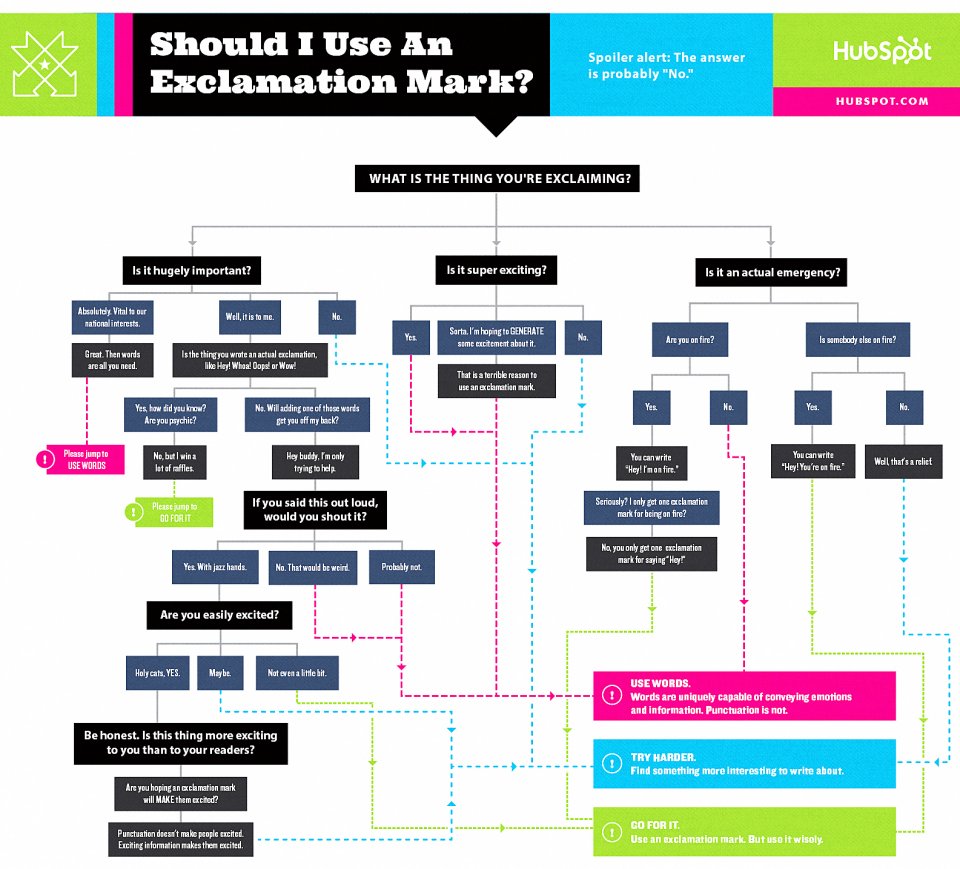
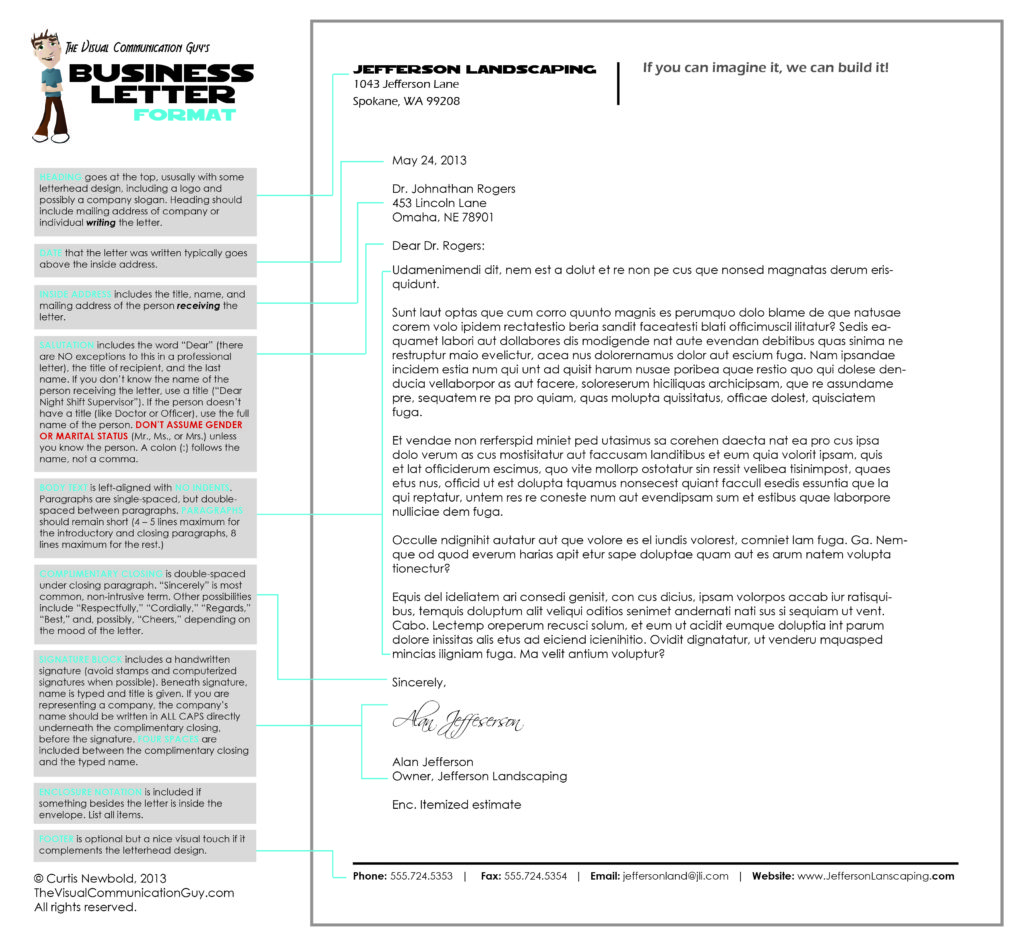

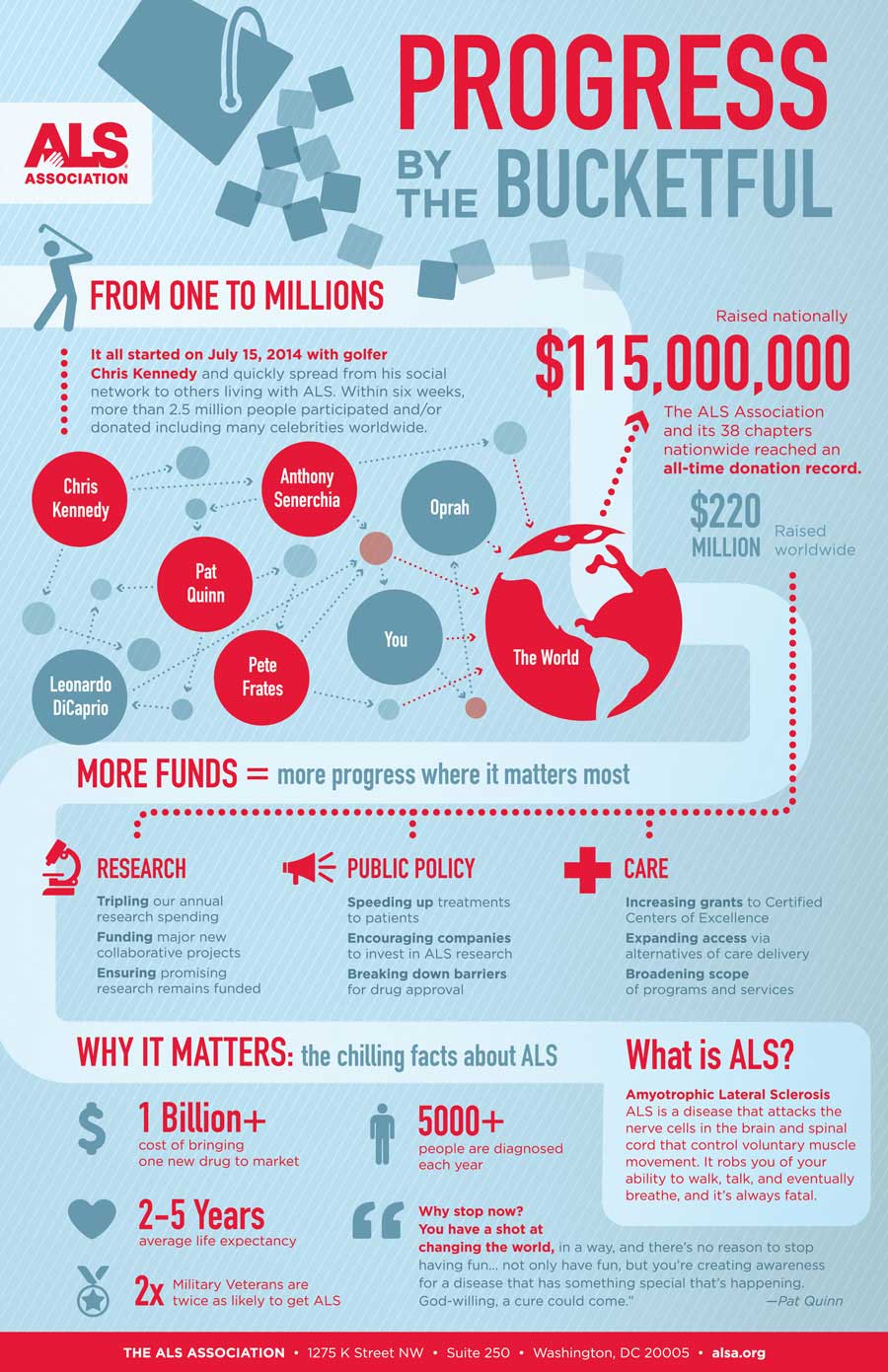
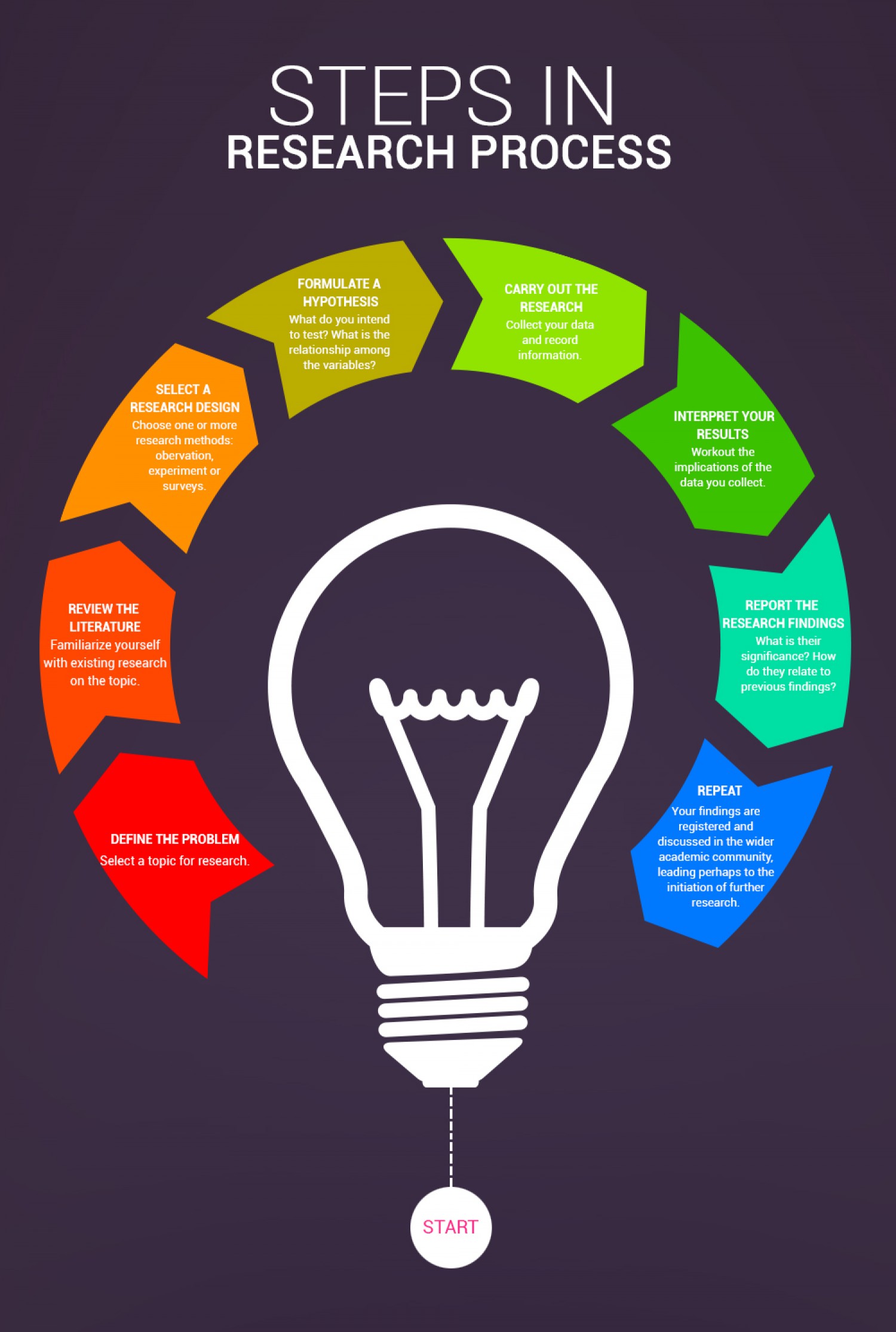



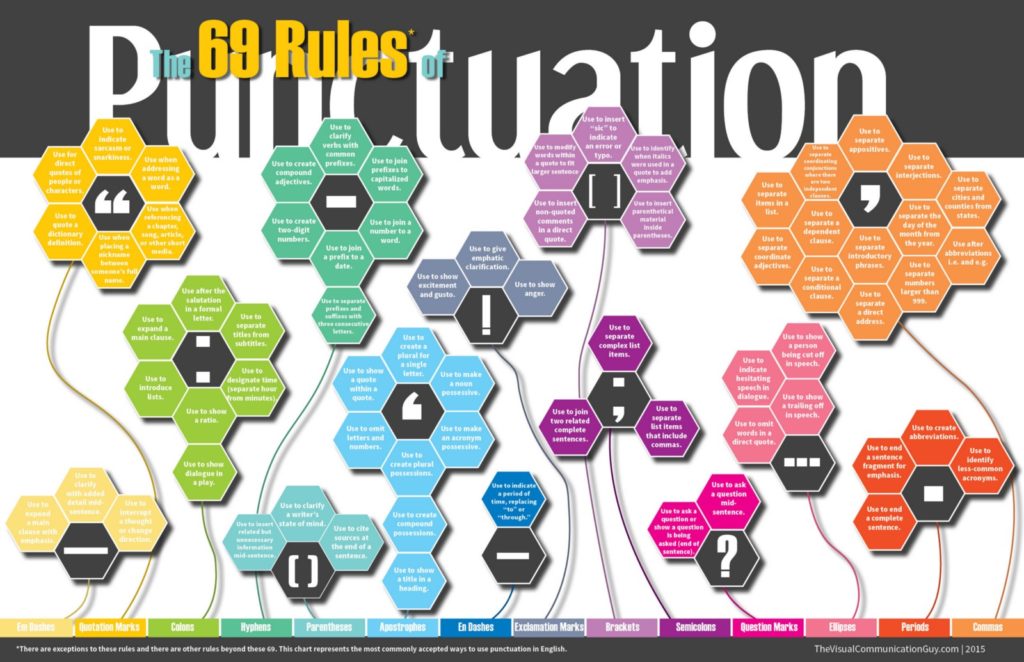
 Often you see images on a website or photo that you like, but you may not know how to get the exact RGB or Hex codes to use them. You can use a color picker app to identify colors on your screen.
Often you see images on a website or photo that you like, but you may not know how to get the exact RGB or Hex codes to use them. You can use a color picker app to identify colors on your screen. 